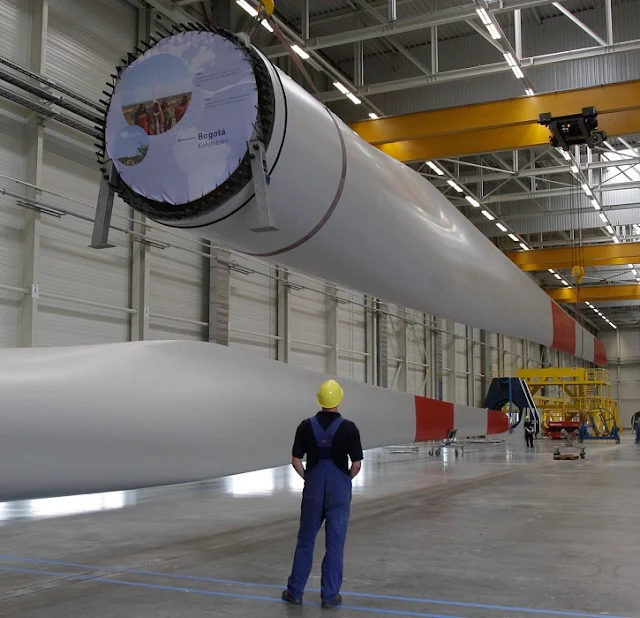Here's a revised version of the content that is unique and free from plagiarism:
Covering an area five times larger than Paris and visible from space, a colossal energy project is underway on the fringes of western India.
Spearheaded by Adani Green Energy Limited (AGEL), led by executive director Sagar Adani, this ambitious venture aims to transform vast barren salt deserts in Gujarat into the world's largest energy plant.
With an estimated cost of $20 billion, this project is set to become the world's biggest renewable park upon completion in approximately five years, generating enough electricity to power 16 million Indian households.
The Khavda Renewable Energy Park's success is paramount for India, as it strives to reduce pollution, achieve its climate goals, and meet the escalating energy needs of its rapidly growing economy.
Despite facing challenges, including a significant stock market downturn following allegations of fraud in 2023, the Adani Group remains resolute in its commitment to the clean energy transition.
The conglomerate has pledged to invest $100 billion in energy transition over the next decade, with a significant portion earmarked for clean energy projects.
India's ambitious climate targets, including Prime Minister Narendra Modi's pledge for renewable sources to account for 50% of the country's energy needs by 2030, are driving this shift.
As India's economy expands and its urban population grows, so does the demand for electricity. Adani emphasizes the urgency of transitioning to renewable energy to avoid catastrophic consequences for the climate.
While Adani Group's efforts in renewable energy are commendable, critics argue that the conglomerate should focus solely on zero-emissions technologies instead of continuing to invest in fossil fuels.
Adani, however, believes that India must balance its energy needs with environmental concerns.
He points out the challenge of providing energy to millions of emerging middle-class citizens and asserts that India is making significant progress in renewable energy alongside its continued use of coal.

